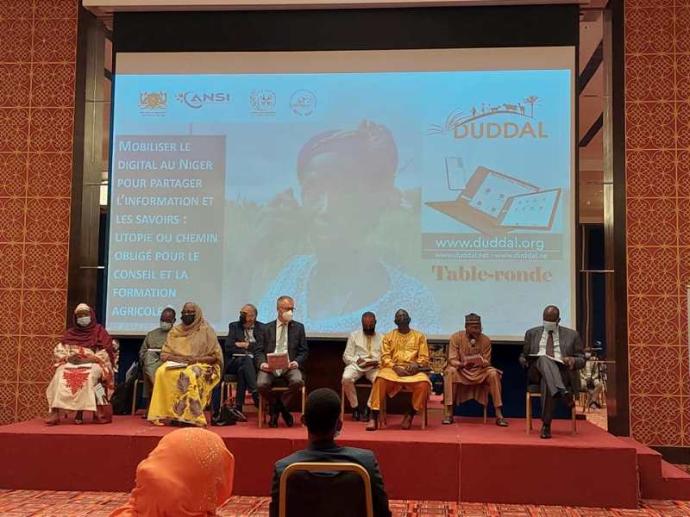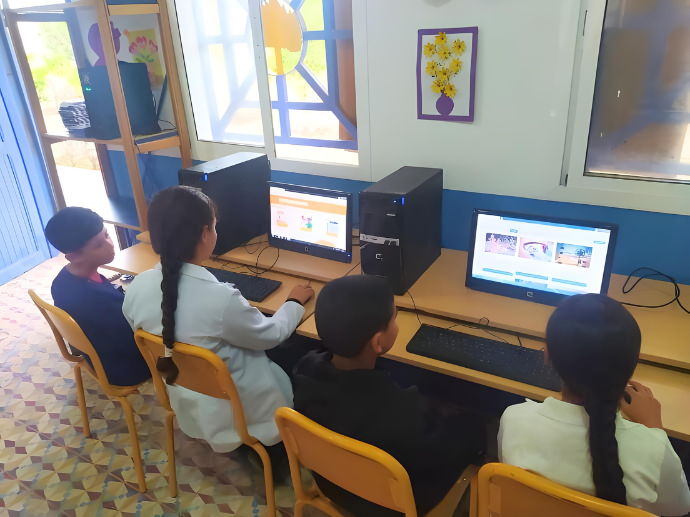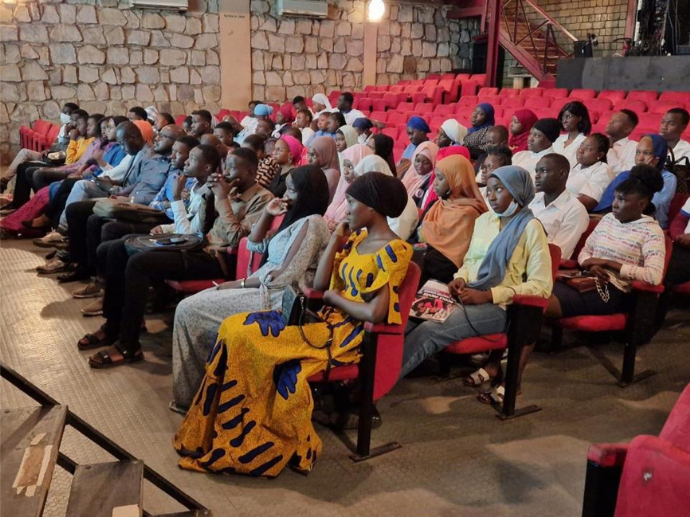Access to technology in Africa varies significantly between urban and rural areas, mainly due to disparities in infrastructure, costs, and connectivity. Urban areas typically benefit from better infrastructure and more advanced technologies, while rural areas face numerous limitations.
Infrastructure: A Stark Contrast
In urban areas, access to modern infrastructure such as fiber optic networks, 4G, and 5G is much more common. According to the GSMA report, mobile coverage in sub-Saharan Africa reached 85% in 2023, but 4G coverage is still limited to only 27% of the population.
Large cities like Lagos, Nairobi, or Johannesburg are better equipped to take advantage of these technologies, allowing residents to access fast and reliable digital services.
By contrast, rural areas often lack modern or even basic infrastructure, resulting in poor connectivity and lower-quality mobile coverage. As a result, access to high-speed Internet is far more restricted in rural areas, deepening the digital divide.

Cost of Services and Devices
Cost remains a major factor dividing access to technology between urban and rural zones. In 2023, a GSMA study revealed that 38% of the global population does not have access to mobile Internet due to the high cost of devices and data plans. In cities, residents generally have more financial resources to afford high-end smartphones and data packages. In addition, businesses operating in urban environments benefit from lower infrastructure costs, enabling them to offer digital services at more affordable prices. In rural areas, however, purchasing smartphones and subscribing to data plans are major barriers due to higher poverty levels and limited access to affordable financing. This lack of affordability reinforces the digital divide.
Connectivity: Differences in Speed and Availability
In urban areas, both fixed and mobile Internet are often available at high speeds and with consistent coverage. City dwellers can enjoy uninterrupted online services, including streaming, e-commerce, and remote work. In contrast, rural areas generally experience much slower Internet speeds and remain heavily dependent on 2G and 3G networks in many regions. In 2023, ITU reports indicated that mobile Internet penetration in sub-Saharan Africa reached 43% in urban areas, compared to only 17% in rural zones.
Access to Digital Education

The inequalities in access to digital education are also significant between urban and rural areas. Urban schools are often better equipped with digital tools, broadband Internet, and trained teachers proficient in using technology.
In contrast, rural schools often lack computers, tablets, or any form of Internet connectivity. As a result, students in urban areas are better positioned to succeed in an increasingly digital world. Initiatives like "iSchool Africa" in Uganda have shown that introducing computers and online resources in rural schools significantly improves academic performance. However, such initiatives remain rare in many rural regions where resources are scarce.
Initiatives to Bridge the Digital Gap
In response to these challenges, several initiatives have been launched to help reduce the digital divide between urban and rural areas. For example, the World Bank supports the Digital Economy for Africa (DE4A) initiative, which aims to increase digital access in remote regions by supporting infrastructure and improving access to digital services for rural populations. These efforts, combined with projects to expand mobile coverage and provide affordable digital devices, aim to close the access gap between rural and urban areas.
Conclusion
The differences in access to technology between urban and rural areas in Africa are striking—in terms of infrastructure, cost, connectivity, and digital education. While urban areas benefit from better infrastructure and easier access to technology, rural areas are often left behind. Initiatives that aim to improve connectivity and make technology more accessible in rural areas are essential to bridge this digital divide and ensure that all Africans can fully participate in the continent’s digital transformation.
 Duddal
Duddal SOS Village d'Enfants Niger
SOS Village d'Enfants Niger



Digital Divide in Africa: A Gap Between Urban and Rural Areas